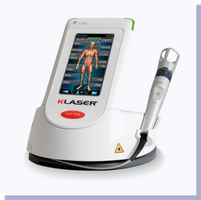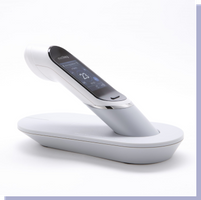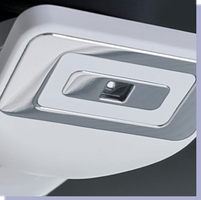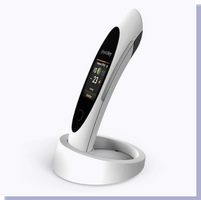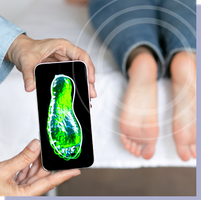What are stress fractures?
Stress fractures are small cracks in the bones that usually occur as a result of repeated exertion or increased strain on the limbs. The fractures are common in dancers, soldiers, and especially among athletes – professional and amateur, although they can affect anyone who drastically changes their physical activity without adequate preparation. Unlike acute fractures, which are caused by a sudden injury, stress fractures develop over time due to continuous strain on the bone. Proper treatment is essential for their recovery and to prevent long-term complications. You are invited to learn about how to treat a stress fracture later in the article
Stress fracture detection
The places most prone to stress fractures are in the weight-bearing bones:
- Tibia bone – The shin area is considered “prone to disaster” when it comes to stress fractures, especially among athletes.
- femur
- The metatarsal bones of the foot.
Symptoms usually begin with mild pain and can gradually worsen to a sharp pain in the affected area and tenderness to touch. The pain increases with activity and subsides with rest. It can be accompanied by swelling, tenderness, and sometimes bruising.
In this context, it is important to note the phenomenon of “Shin Splints” – a phenomenon that manifests itself in pain along the inner part of the tibia. The phenomenon is usually caused by intense and strenuous physical activity or alternatively by using shoes that are not suitable for the activity performed. The phenomenon of Shin Splints is recognized as a kind of early stage that can occur before the development of a stress fracture.
Initial response and diagnosis
The first step in treating a stress fracture is a quick diagnosis. Your doctor may perform a physical exam, X-rays, or more advanced imaging such as an MRI or bone scan, as X-rays often fail to detect these fractures in their early stages. Once diagnosed, the affected area should be treated immediately to prevent further damage.
Diagnosis of shin splints focuses on understanding whether the muscle has been overexerted. In such a situation, it is recommended to stop a certain physical activity for a while, or change techniques in performing the activity to prevent the development of a stress fracture.
Treatment of a stress fracture
Rest and moderate activity : The cornerstone of stress fracture treatment is rest. Reducing or completely stopping strenuous activities allows the bone to heal. Depending on the severity of the injury, this may take 6-8 weeks of limited activity, including avoiding heavy lifting.
Immobilization : In the case of stress fractures in high-risk areas such as the hip or navicular bone (in the wrist or foot), partial or complete immobilization may be necessary – a cast or walking boot to immobilize the ankle and foot – to minimize pressure on the injured area.
Pain management : Over-the-counter pain relievers can help. Nonsteroidal anti-inflammatory drugs (NSAIDs) should be used with caution because they can impair bone healing if taken in high doses.
Nutritional support : Adequate intake of calcium and vitamin D is essential for bone health. A diet rich in these nutrients helps repair bone and strengthen the skeletal system as a means of protection against future injuries. Your doctor may also prescribe supplements.
Physical therapy : After the initial healing phase, physical therapy helps restore strength and flexibility. Low-intensity, gradual exercises, such as swimming or cycling, can help maintain cardiovascular fitness without putting stress on the fracture.
Gradual return to activity : Return to sports or high-intensity activity must be done gradually and under supervision. A program in which a gradual load is applied can begin with low-intensity activities and then gradually increase the load, and should be carried out according to the instructions of the doctor/physiotherapist.
Stress fracture prevention
Stress fractures can be prevented through a proper training regimen: gradually increasing the intensity of physical activity, wearing appropriate shoes, and incorporating strength training to strengthen the muscles that support the bones. It is also important to ensure adequate recovery time between workouts and be aware of early warning signs.
Stress fracture treatment with innovative therapy: Q-room
The innovative Q-room treatment room provides a focused and fast response to pain and is based on precise and direct technology for pain treatment , using a variety of innovative devices developed in Germany and based on data accumulated over many years. The Q-room treatment diagnoses the source of the pain, helps relieve the pain and accelerates the healing process. The treatment helps the body change levels of chemical components in the body, such as endorphins, which affect pain.
Another solution to pain can come through fitting insoles that provide support and distribute pressure ideally around the calf and foot. The rapid insole fitting technology in Q Room will help quickly diagnose the source of the pain and relieve it.

